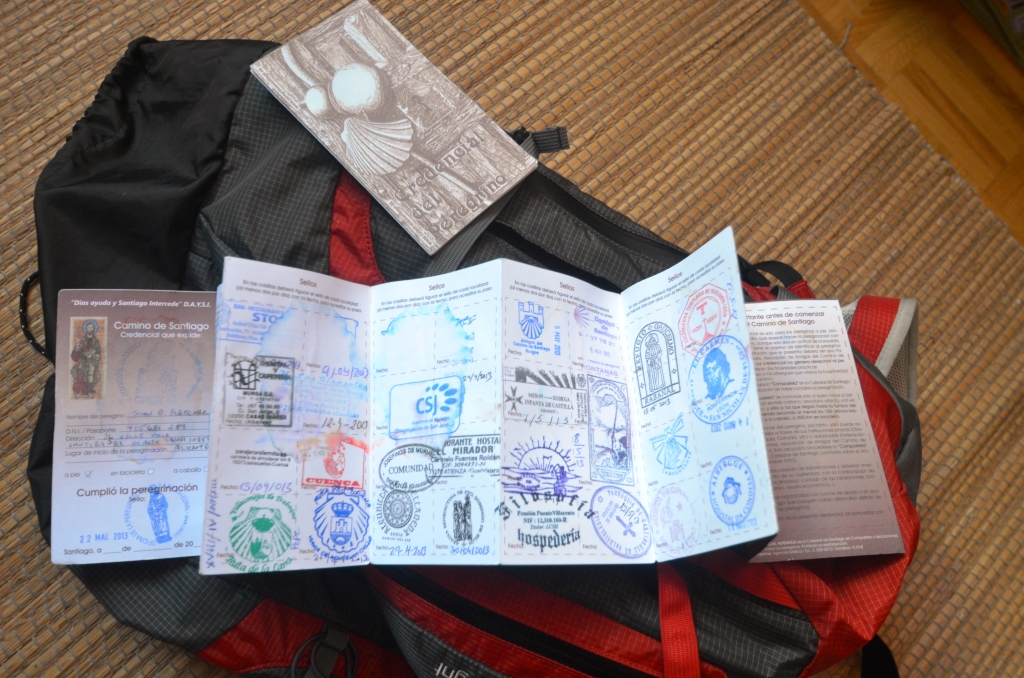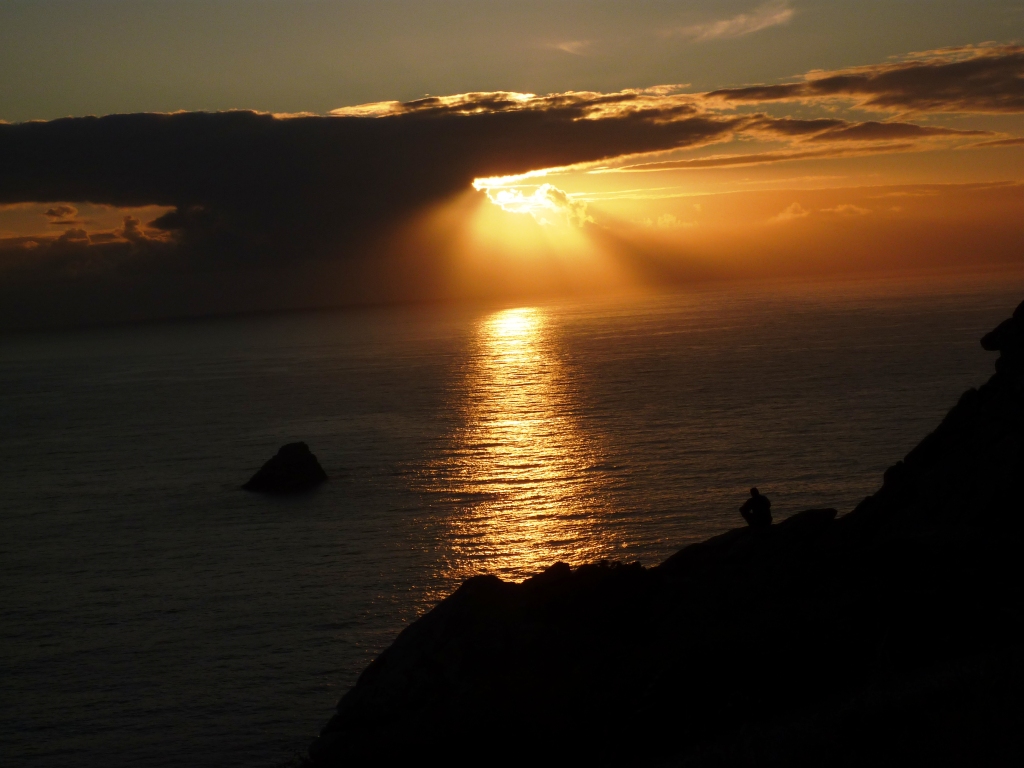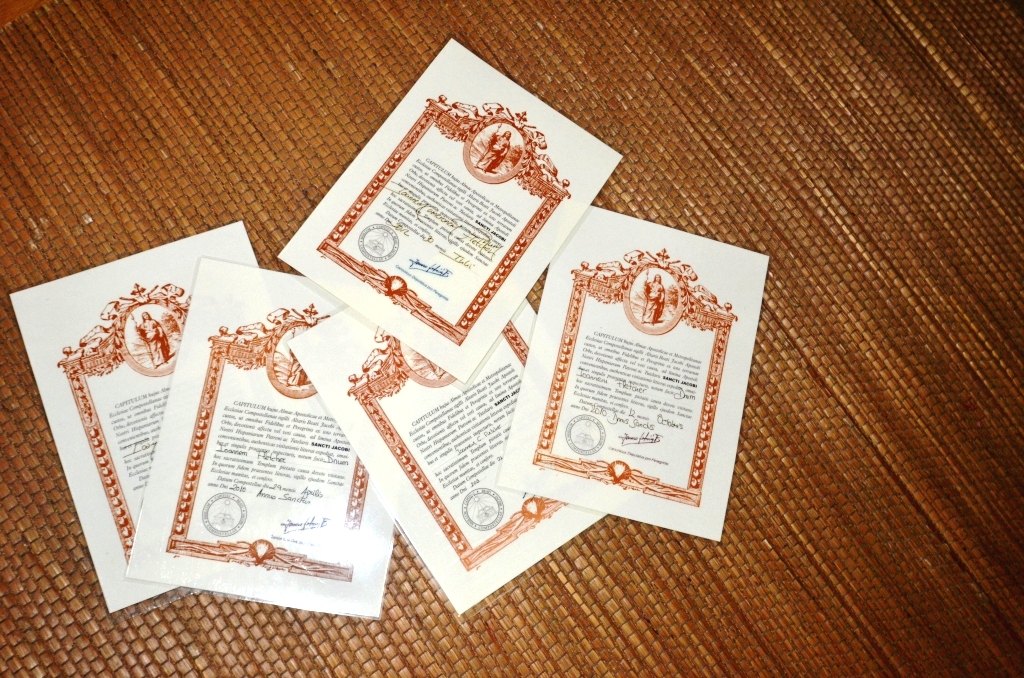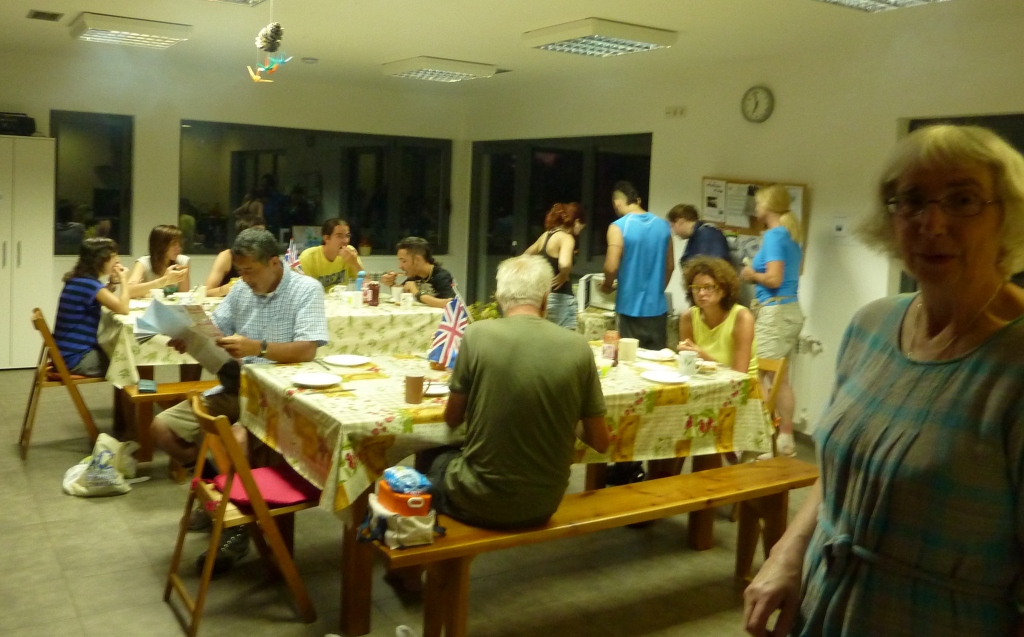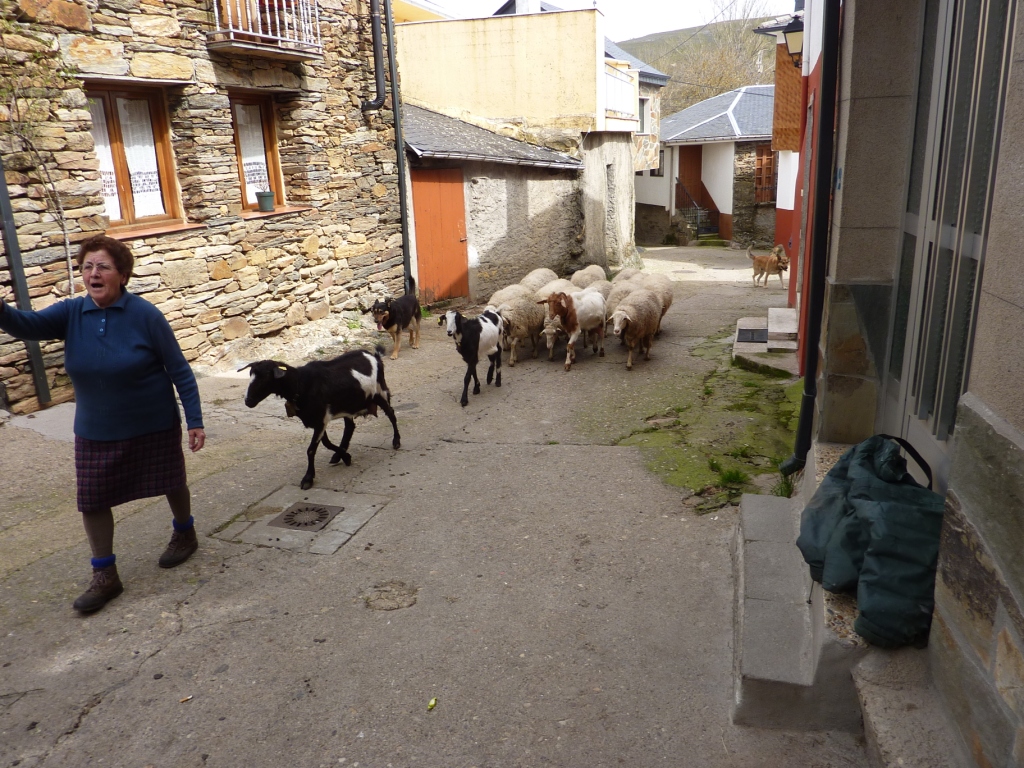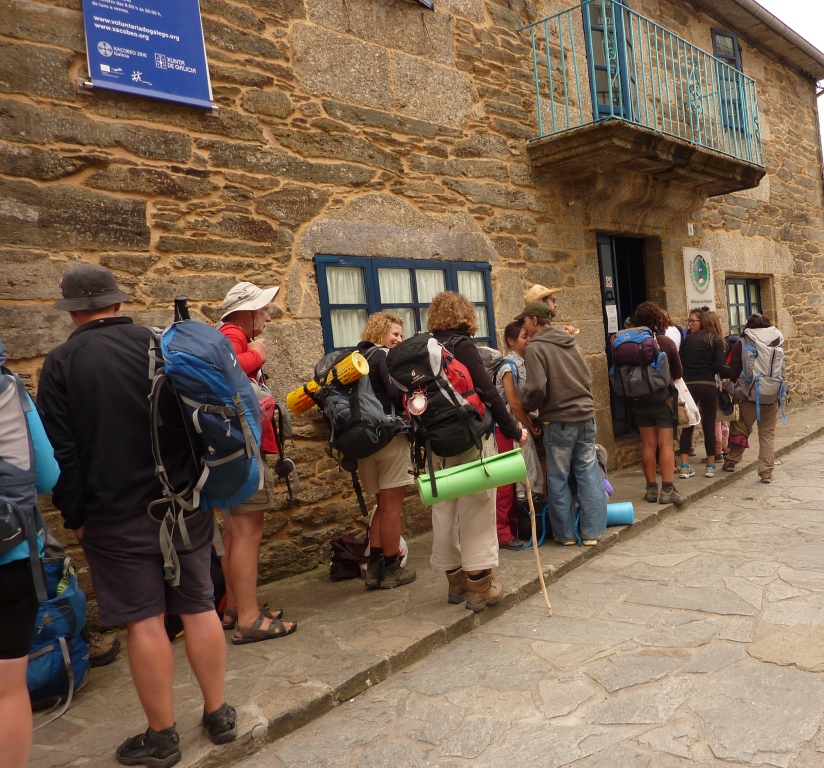Community on the Camino.
The Credencial.
The pilgrim’s credential is an outward sign of belonging to the Camino community. This is obtained from Cathedrals or from the Amigos del Camino, usually in the place from where you start your camino. With my credential I become a true part of this community as I walk with others where others have walked, being cared for by hospitaleros and, eventually, welcomed by the Pilgrim’s Office in Santiago de Compostella.
The destination
Communities form when people come together with a common objective. On the Camino de Santiago many will tell you that your destination is not nearly as important as the Camino: that getting there is not the point of the pilgrimage. This is undoubtedly a sound position yet the aim, to arrive in Santiago or Finisterre, is shared.
There is also the matter of the Compostella, the Certificate of completion. Queuing up for the Compostella adds to the anticipation and gives me time to reflect on the amazing experience of the Camino, which, for a while, is about to dissolve into “normal” life. The Compostella seals the pilgrimage and I always feel a huge emotional charge, or discharge, I am not sure which, when I receive the certificate. It is like a nail in my coffin, I can now rest in peace. There will be no more extraordinary demands on my body, noisy nights, washing clothes in cold water with a tiny bit of soap kept safely from a night in a real hostel or days walking in torrential rain. These are things I will very soon be pining for, but not just yet. The Compostella is the great symbol of having completed a task. For each pilgrim this task is different, but the Compostella says it has been achieved.
I pinch this quote from Johnnie-Walker’s blog of Nov. 18th where you will find more very moving comments from those who hand out the Compostellas in the Pilgrims’ Office in Santiago,
““I will never forget the first Spanish lady who cried on my shoulder. “I prayed that he would live and he lives, he lives” . Or the day a tall British gentleman from Oxford stood in front of me and all I said was “Congratulations” and the tears flowed down his cheeks. He was on his own. I hugged him and he smiled but quickly composed himself and left. I wondered had he talked with anyone or shared with anyone on the Camino. I was glad to have been there for him in that short moment. Two little 15year old boys from Madrid, small fine boned children. They were on their own. “My mother said it would be safe on the Camino.” Blessed are children who have parents that allow them to spread their wings.”
A dispersed and flowing community.
We all leave behind some sort of community to walk the Camino. We may leave family and friends, workmates, parish groups, sport’s clubs or whatever groups form part of our lives in order to join strangers from many parts of the world on a walk together to a remote corner of Spain. Our new companions are rich and poor, old and young, moody, cheerful, teetotal, drinkers, religious, atheist and even cyclists. [I would like to add black and white but I have to say that black Africa is poorly represented on the Camino.] Pilgrims move on each day, at their own pace. Little groups form and reform as some move on and others hang back. Sometimes hospitaleros help bring the group together as in Bercianos del Real Camino where there is a communal meal each night. On the Camino del Norte it was a joy to be treated to a special English teatime in the Confraternity of St James Refugio in Miraz. This was to mark the feast of St. James, 25th July.
Although most of my Caminos have been solitary, even when I am walking day after day without meeting another pilgrim, I know I am part of this community. This is helped by the local people along the way in France and Spain alike. Even off the Camino routes in Spain local people will often ask me if I am on the Camino or presume I am on another pilgrimage, such as to Guadalupe or even Fatima. The Camino community belongs, too, to this wider community which welcomes pilgrims eagerly, and not just for the boost to their economy. Indeed, the generosity in time and energy and simple friendship offered by almost all the locals I have come across is part of the nourishment which enables me to keep going : a wonderful aspect of this community.
The Spirit of the Camino Community.
The world we leave behind
When we leave our daily communities of town, family and workplace the Camino gives us a new opportunity to be good. One of the difficulties I have with daily life is that the hurt and broken bits within me trouble not only myself but those closest to me. This happens because familiarity, closeness and confidence in those I live with assures me that I will survive if even if I dump my open woundedness on those I love. There is often a pattern of growth associated with this, but it can go wrong and niggly bits of unloving begin to clog up the channels which bring goodness to me from others and block the delivery of my own gifts which I would like to give to those around me. The French expert on relationships in general, Jacques Salomé, charts this out well when he talks about the messages we send as gifts and those which hurt. (links are all in French). Overall, normal life is pretty full of toxicity.
The Camino as opportunity.
Originally the Camino was a pilgrimage; a special event when people tried to earn forgiveness from their sins by undertaking the journey, often in penitential mode.
Today, we have things much easier and don’t believe in Hell although we all know from experience what it is. I know it is what happens to me when I forget about love, get caught up in a rat-race, forget I am alive and cease to taste the food I am eating to excess. The Camino is a great opportunity to get a glimpse of a much better world. Physically, my legs take me there simply by walking a lot. However, it is being with others which can bring out the best in me and let me remember how good it is to give and receive freely and to generously overlook little things that annoy me, like snoring.
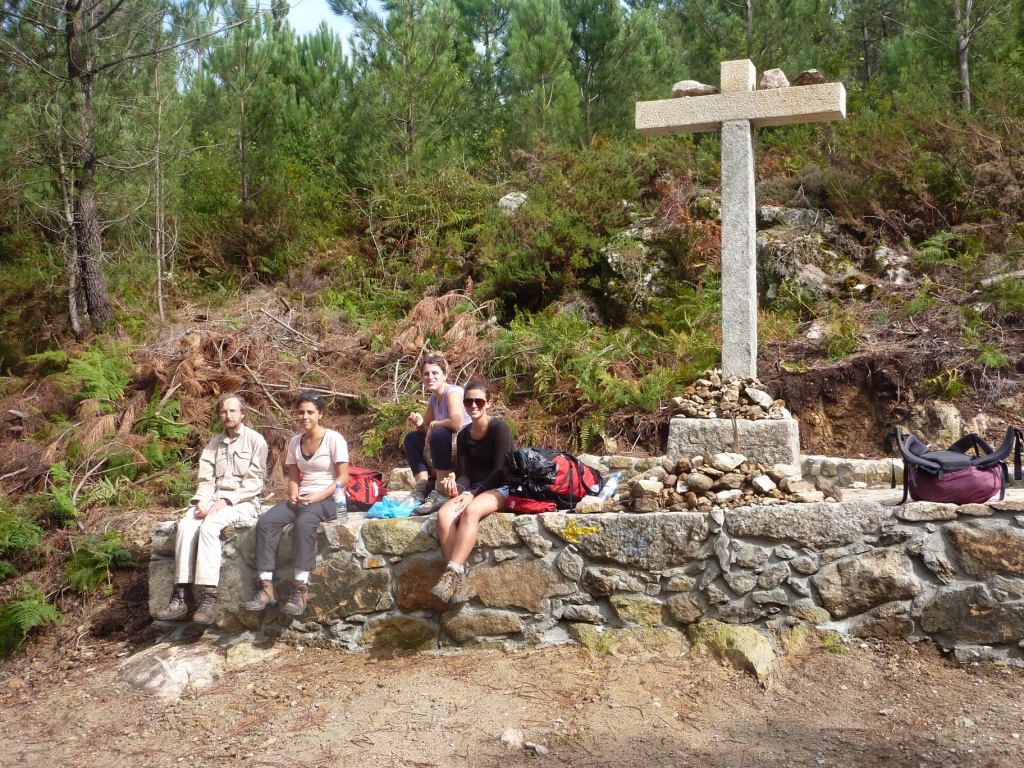
Camino Portuguese, Old and young mixing at Cruz dos Peregrinos, Cruz dos Mortos, Cruz dos Franceses (Serra Labruja)
The important difference between being on my best behaviour in normal life and switching to better behaviour on the camino is a result of the manner in which the Camino undoes inauthenticity. The physical effort, the simplicity, the self-emptying and the time to recollect all help to put my life in a new perspective. Sharing a room for the night with three, or twenty, or fifty-three others, using the same loo and showers and sleeping shoulder to shoulder with a stranger not of my choosing tend to make inauthenticity hard work. It is much easier to be myself. Then I find I am receiving, I want to share what I have, to help others with their sore feet, to pay for the coffees, to give someone a hug, to smile. I begin to feel good about feeling secure in a strange environment, I find I can adapt and nothing terrible happens. I can cry suddenly and am not humiliated: somebody listens. I have come on the Camino angry, very angry with someone close (or it may be a loss, a rejection or a bereavement) and my sadnesswhich the anger has been hiding from me pours out received by a fellow pilgrim or an empty church or a Galician glade. I take a step towards reconciliation with myself and the other. The Camino is a process which can heal. The exchanges we have on our brief meetings with each other can become remarkably deep and honest as we reveal our vulnerabilities.
I find myself in a community where judgement and blame have no currency and this helps me to be authentic all the more. I meet people who are gentle, humbly knowledgeable, reassuring, affirming and happy because they too are authentic. I become tolerant of those who are not benefitting in this way from the camino if only because I can shake them off with an early coffee or a long lunch, but usually because I know where I myself have come from. I rejoice in the success, the bravery and the perseverance of others.
This rosy picture is actually one to which hundreds of thousands of pilgrims will testify. It is not always the case because this community on the Camino only offers an opportunity to pass time in a real world where we relate to each other as we always should. Not everyone who walks takes the opportunity but in setting off with a credential the possibility of change is there before us. Some people finish the Camino and all that has happened is that they have walked a lot. There are, I am certain, many reasons why people do not have the positive experiences I am writing about but the opportunity is there to be taken, just as the miracles are all around but need to be noticed.
The Camino community is made up of those who walk the Camino. These are the same people you live with in “ordinary” life. People often long to return again soon to The Way, I do and I have done. I believe that each time I return I am a bit kinder, a bit more compassionate, and more loving towards myself and others. The Community of Many Steps has helps me take another little step towards being who I really am, towards my desire to contribute a bit more to a better world and to enjoy being alive among so many good people. I can say with even more conviction those lines of the Credo of the Iona Community Daily Prayers:
I affirm God’s goodness at the heart of humanity, planted more deeply than all that is wrong. With all Creation I celebrate the miracle and wonder of life, the unfolding purposes of God, forever at work in ourselves and the world.
Thank you, Iona Community and the ever walking Community of the Camino de Santiago.

